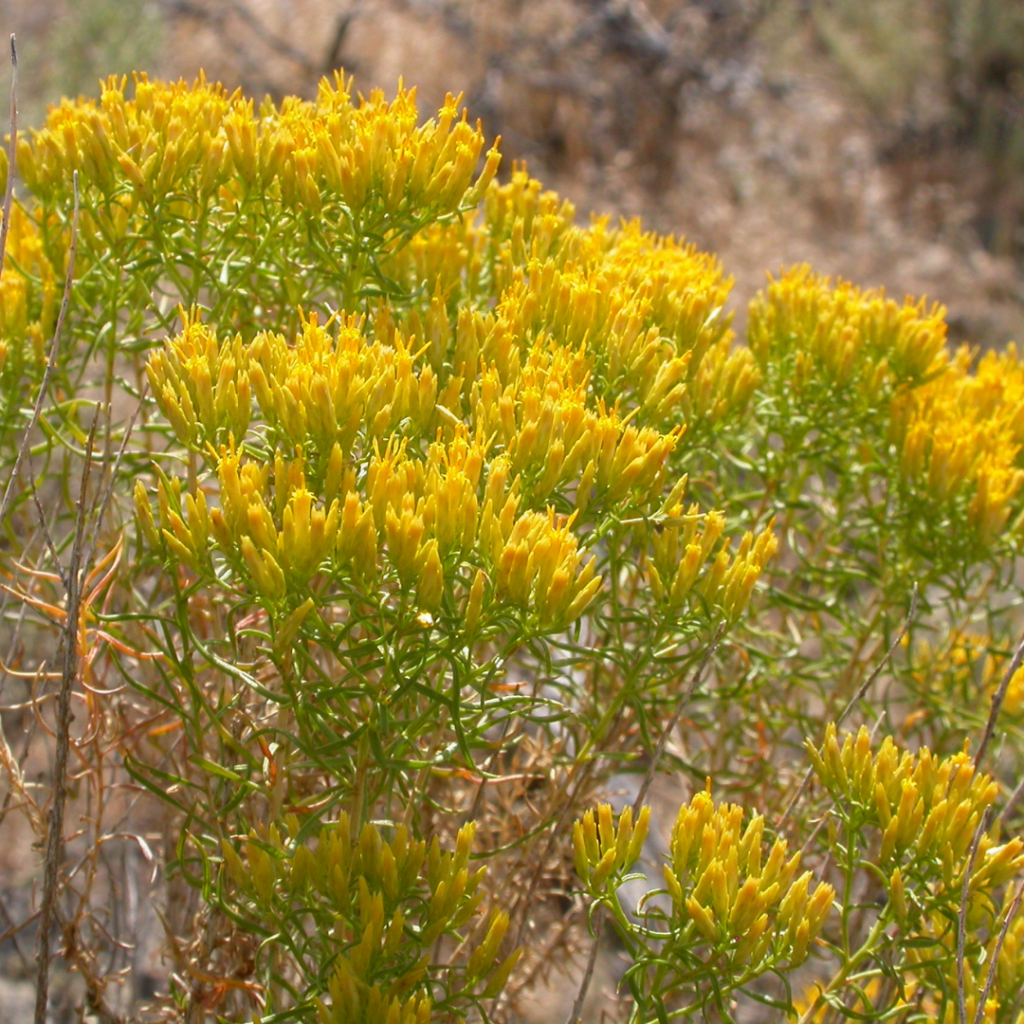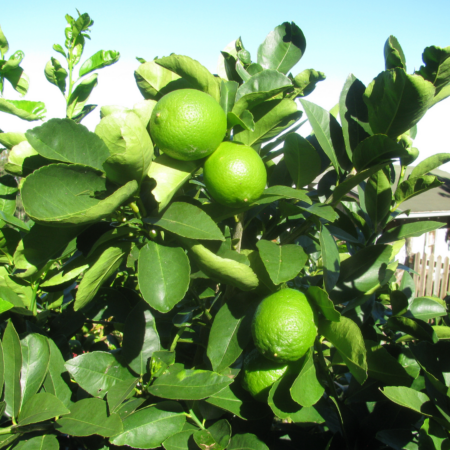Yellow Rabbitbrush, scientifically known as Chrysothamnus viscidiflorus, is a native North American shrub known for its vibrant yellow flowers and adaptability to various environmental conditions. This article explores the botanical features, habitat, ecological importance, cultivation, and landscaping uses of Yellow Rabbitbrush.
Contents
Botanical Features of Chrysothamnus viscidiflorus
Yellow Rabbitbrush is characterized by clusters of small, bright yellow flowers that bloom in late summer to fall, adding a splash of color to the landscape when many other plants have finished flowering. The flowers attract pollinators such as bees and butterflies, contributing to biodiversity.
The foliage of Chrysothamnus viscidiflorus consists of narrow, needle-like leaves that are aromatic when crushed. These leaves are typically gray-green in color and provide textural interest to the plant.

Habitat and Growing Conditions
Yellow Rabbitbrush is native to western North America, where it can be found in various habitats ranging from deserts to mountain slopes. It is well-adapted to arid and semi-arid climates but can also tolerate colder temperatures.
This shrub thrives in well-draining soil and full sun but can tolerate some shade. It is commonly found in dry, rocky soils but can also grow in clay or sandy soils.
Ecological Importance
Yellow Rabbitbrush provides habitat and food sources for a variety of wildlife species, including birds, insects, and small mammals. The flowers attract pollinators, while the seeds are consumed by birds and small rodents.
The deep roots of Chrysothamnus viscidiflorus help stabilize soil and prevent erosion, making it valuable for soil conservation efforts, especially in areas prone to erosion or disturbance.
Cultivation and Landscaping Uses
Due to its adaptability to dry conditions, Yellow Rabbitbrush is a popular choice for xeriscaping and water-wise landscaping projects. It requires minimal supplemental watering once established and can thrive in challenging environments.
Incorporating Yellow Rabbitbrush into wildlife gardens can attract beneficial pollinators and support local ecosystems. Pairing it with other native plants can create a diverse and resilient habitat for wildlife.

Chrysothamnus viscidiflorus, or Yellow Rabbitbrush, is a versatile and ecologically valuable shrub native to western North America. With its vibrant flowers, drought tolerance, and wildlife-friendly attributes, it offers both aesthetic and ecological benefits in landscaping and conservation efforts.
FAQs About Chrysothamnus viscidiflorus (Yellow Rabbitbrush)
- Is Yellow Rabbitbrush suitable for urban landscapes?Yes, Yellow Rabbitbrush can thrive in urban landscapes, especially in areas with low water availability or poor soil conditions. It is well-suited for xeriscaping projects and can tolerate urban pollution.
- How tall does Yellow Rabbitbrush typically grow?Yellow Rabbitbrush can vary in height depending on growing conditions but typically reaches heights of 3 to 6 feet (0.9 to 1.8 meters) at maturity.
- Does Yellow Rabbitbrush require pruning?While Yellow Rabbitbrush can benefit from occasional pruning to maintain shape and remove dead or damaged growth, it generally requires minimal pruning compared to other ornamental shrubs.
- Can Yellow Rabbitbrush be propagated from cuttings?Yes, Yellow Rabbitbrush can be propagated from semi-hardwood cuttings taken in late spring or early summer. Ensure the cuttings have a heel and use a rooting hormone to encourage root development.
- Are there any cultivars of Yellow Rabbitbrush available?Yes, there are several cultivars of Chrysothamnus viscidiflorus available, offering variations in flower color, size, and growth habit. Popular cultivars include ‘Pike’s Peak’ and ‘Compacta.’



